Where Does Linen Come From? Discover the Origins of this Natural Fabric.
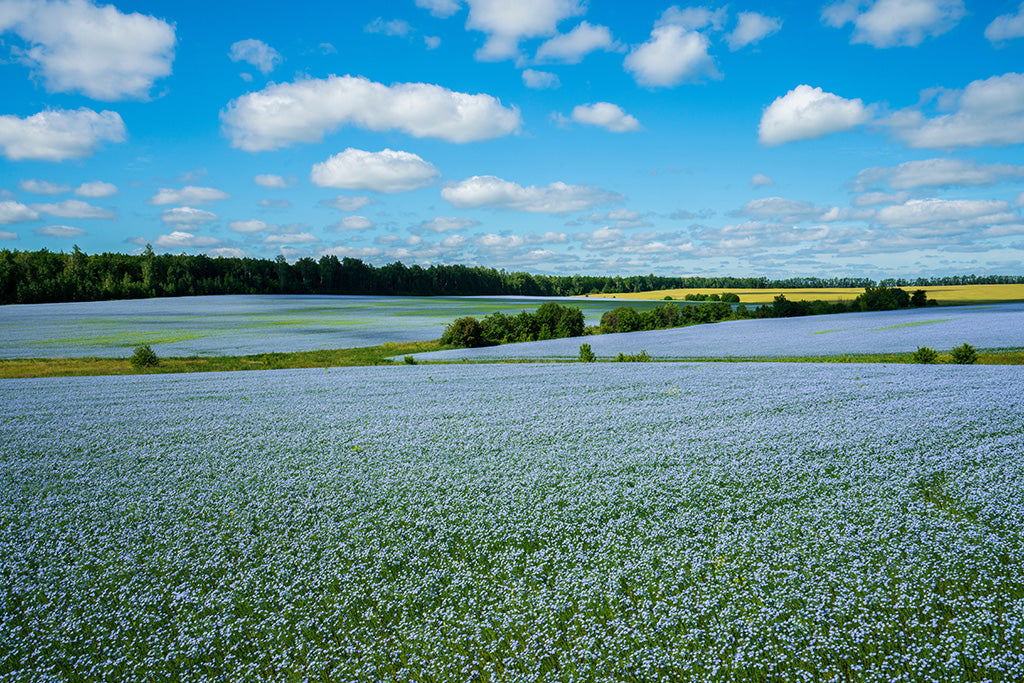
Linen is more than just a fabric — it’s a journey that begins in nature and ends in your wardrobe. But have you ever paused to ask: “Where does linen actually come from?”
In a world full of synthetic fabrics and fast fashion, knowing the source of what we wear matters more than ever. In this article, we’ll take you through the geographical, botanical, and cultural origins of linen — all in simple, beginner-friendly language.
🌿 Linen Comes from the Flax Plant
Let’s start with the basics:
Linen is a fabric made from the inner fibers of the flax plant. This tall, graceful plant grows mostly in cooler climates with moist soil — the perfect conditions for strong, healthy fibers.
The linen you wear is woven from the long, silky fibers found inside flax stalks, which are harvested, cleaned, spun, and woven with care.
In simple words: Linen comes from a plant called flax, and that plant is grown in select parts of the world.

🌍 So, Where is Linen Grown?
Most high-quality linen comes from Western Europe, especially these countries:
-
France – Particularly Normandy, known for premium-grade flax
-
Belgium – Renowned for ultra-fine flax fibers and heritage mills
-
The Netherlands – Ideal climate for dense, high-yield flax crops
-
Ireland – Traditionally associated with linen history and heritage
-
Lithuania & Poland – Known for traditional craftsmanship
These regions provide the perfect mix of climate, tradition, and sustainable farming practices — which is why they dominate global linen production today.
📍 Why Europe?
Europe’s cool, damp climate helps the flax plant grow strong without artificial irrigation or chemicals.
The soil quality and rainfall in places like Normandy and Flanders allow the plant to flourish naturally.
Also, Europe is home to centuries of flax-growing knowledge — passed down through generations. This makes European flax some of the cleanest, most traceable, and most sustainable in the world.

🔖 Certifications That Matter
If you see European Flax® Certified or OEKO-TEX® Certified linen, it means:
-
The flax was grown in approved European regions
-
No harmful chemicals or GMOs were used
-
The fabric is traceable, ethical, and eco-friendly
At Kuttons, we use only European flax and OEKO-TEX® certified linen for all our dresses — so you can trust what touches your skin.
🧵 The Journey: From Flax Field to Linen Fabric
Here’s a simplified version of how linen travels from earth to garment:
-
Grown in Europe – Flax seeds are planted and harvested
-
Retting – Natural process separates fiber from the stalk
-
Scutching & Combing – Fibers are cleaned and sorted
-
Spinning – The fibers are spun into linen yarn
-
Weaving – The yarn is woven into fabric
- Finishing – The linen is softened, dyed, and made into clothing
This journey is slow, careful, and completely natural — which is why linen has a beauty that synthetic fabrics simply can’t match.
👗 Where Does Kuttons Linen Come From?
We source our linen exclusively from certified European flax mills.
The fabric is hand-cut, stitched and finished by skilled artisans in India — a land of rich textile craftsmanship. Every dress is made with care, attention to detail, and deep respect for materials.
From European fields to Indian hands — Kuttons linen carries a story of origin, quality, and elegance.
🌱 Why Provenance Matters
Knowing where linen comes from helps you:
-
Choose better clothing (no greenwashing or fake “natural” claims)
-
Support sustainable farming and slow fashion
-
Avoid synthetic blends or low-grade imitations
When you know the origin, you can shop with confidence.
❓ FAQ – Where Does Linen Come From?
Q: Is all linen from Europe?
Not all — but the highest-quality, certified linen comes from Europe. Other regions grow flax too, but may not follow the same sustainability or quality practices.
Q: Can linen be made anywhere?
Technically yes, but climate matters. Flax grows best in temperate, moist areas. Europe remains the gold standard.
Q: Why not just use cotton?
Cotton uses more water and chemicals. Linen is stronger, more breathable, and eco-friendlier.
Q: How do I know my linen is real?
Look for certifications like European Flax® and OEKO-TEX®, and buy from brands that disclose sourcing (like Kuttons).
🌾 Final Thoughts: A Fabric Rooted in the Earth
So the next time someone asks, “Where does linen come from?”, you can say:
“It comes from flax — a plant grown in Europe, turned into fabric through skill, care, and time.”
At Kuttons, we believe that fashion should tell a story. A story of natural beauty, mindful choices, and the hands that make it.
Because where it comes from… always matters.
Products on Sale
- Regular Price
- from $46.00
- Sale Price
- from $46.00
- Regular Price
-
$76.00
- Unit Price
- per
- Regular Price
- $199.00
- Sale Price
- $199.00
- Regular Price
-
$278.00
- Unit Price
- per
- Regular Price
- $134.00
- Sale Price
- $134.00
- Regular Price
-
$148.00
- Unit Price
- per
- Regular Price
- $109.00
- Sale Price
- $109.00
- Regular Price
-
$142.00
- Unit Price
- per
- Regular Price
- $159.00
- Sale Price
- $159.00
- Regular Price
-
$196.00
- Unit Price
- per
- Regular Price
- $49.00
- Sale Price
- $49.00
- Regular Price
-
$52.00
- Unit Price
- per
- Regular Price
- $22.00
- Sale Price
- $22.00
- Regular Price
-
$26.00
- Unit Price
- per
- Regular Price
- $30.00
- Sale Price
- $30.00
- Regular Price
-
$37.00
- Unit Price
- per
- Regular Price
- $134.00
- Sale Price
- $134.00
- Regular Price
-
$170.00
- Unit Price
- per
- Regular Price
- $74.00
- Sale Price
- $74.00
- Regular Price
-
$78.00
- Unit Price
- per
- Regular Price
- $46.00
- Sale Price
- $46.00
- Regular Price
-
$56.00
- Unit Price
- per
- Regular Price
- $99.00
- Sale Price
- $99.00
- Regular Price
-
$125.00
- Unit Price
- per
- Regular Price
- $99.00
- Sale Price
- $99.00
- Regular Price
-
$92.00
- Unit Price
- per
- Regular Price
- $56.00
- Sale Price
- $56.00
- Regular Price
-
$52.00
- Unit Price
- per
- Regular Price
- $56.00
- Sale Price
- $56.00
- Regular Price
-
$52.00
- Unit Price
- per
- Regular Price
- $56.00
- Sale Price
- $56.00
- Regular Price
-
$52.00
- Unit Price
- per
- Regular Price
- $128.00
- Sale Price
- $128.00
- Regular Price
-
$145.00
- Unit Price
- per
- Regular Price
- $69.00
- Sale Price
- $69.00
- Regular Price
-
$95.00
- Unit Price
- per
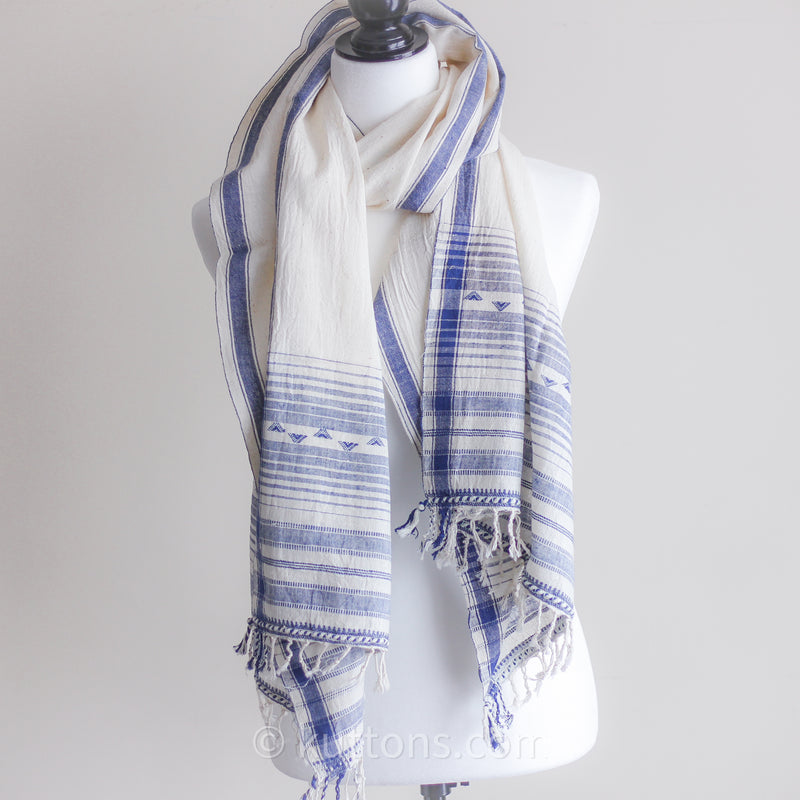
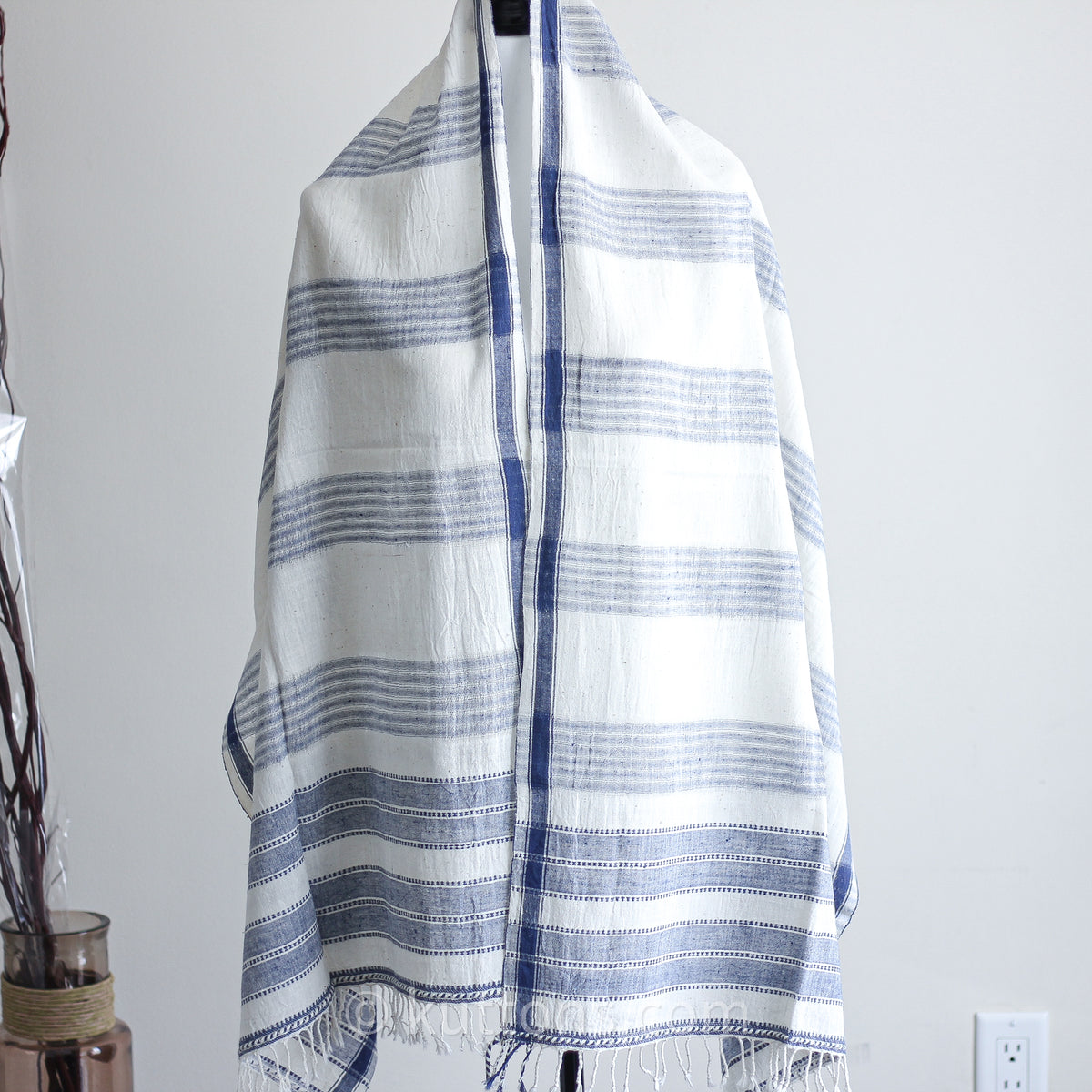
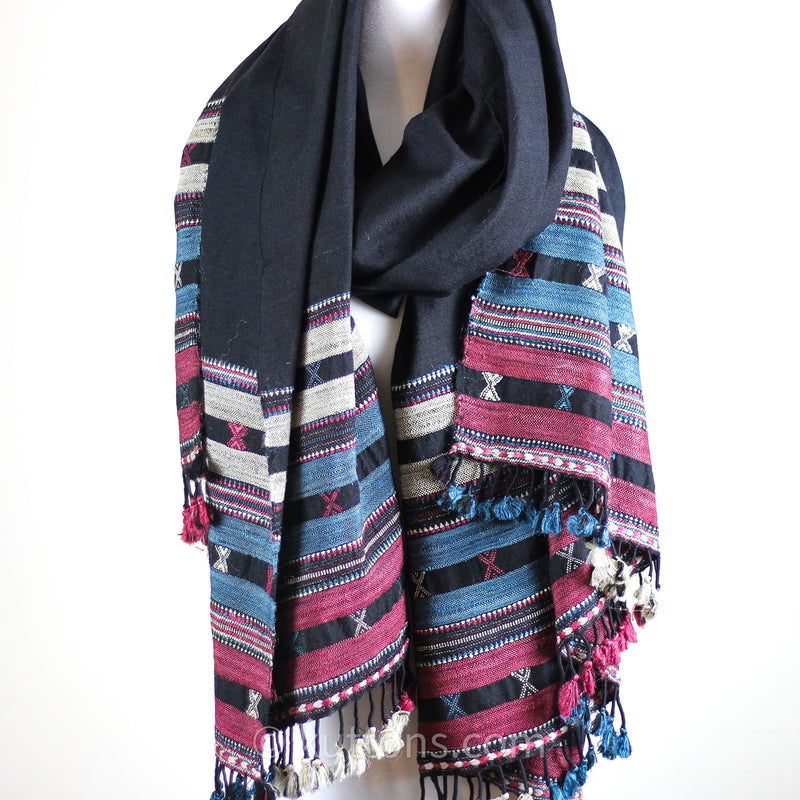
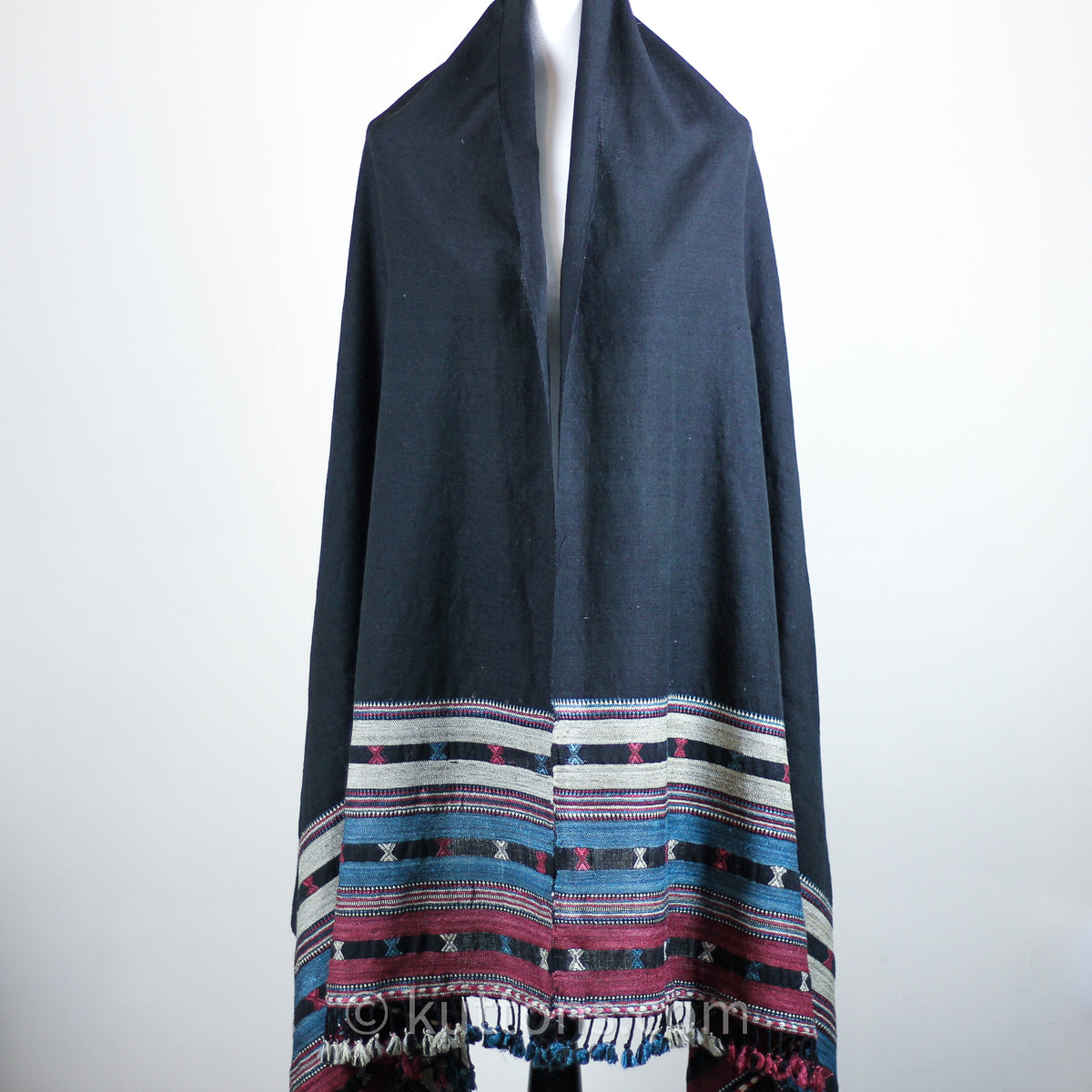
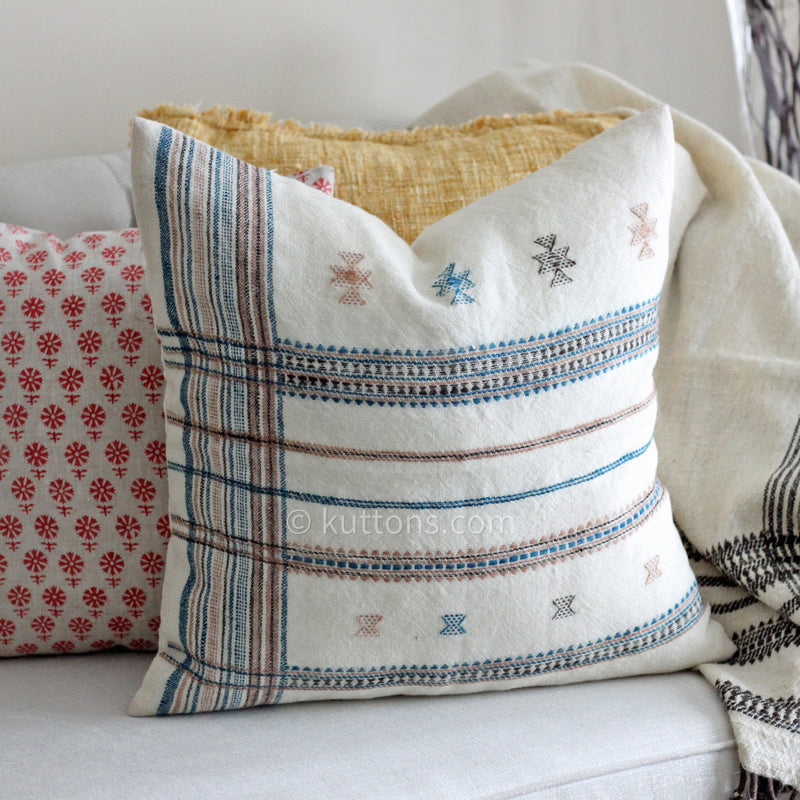
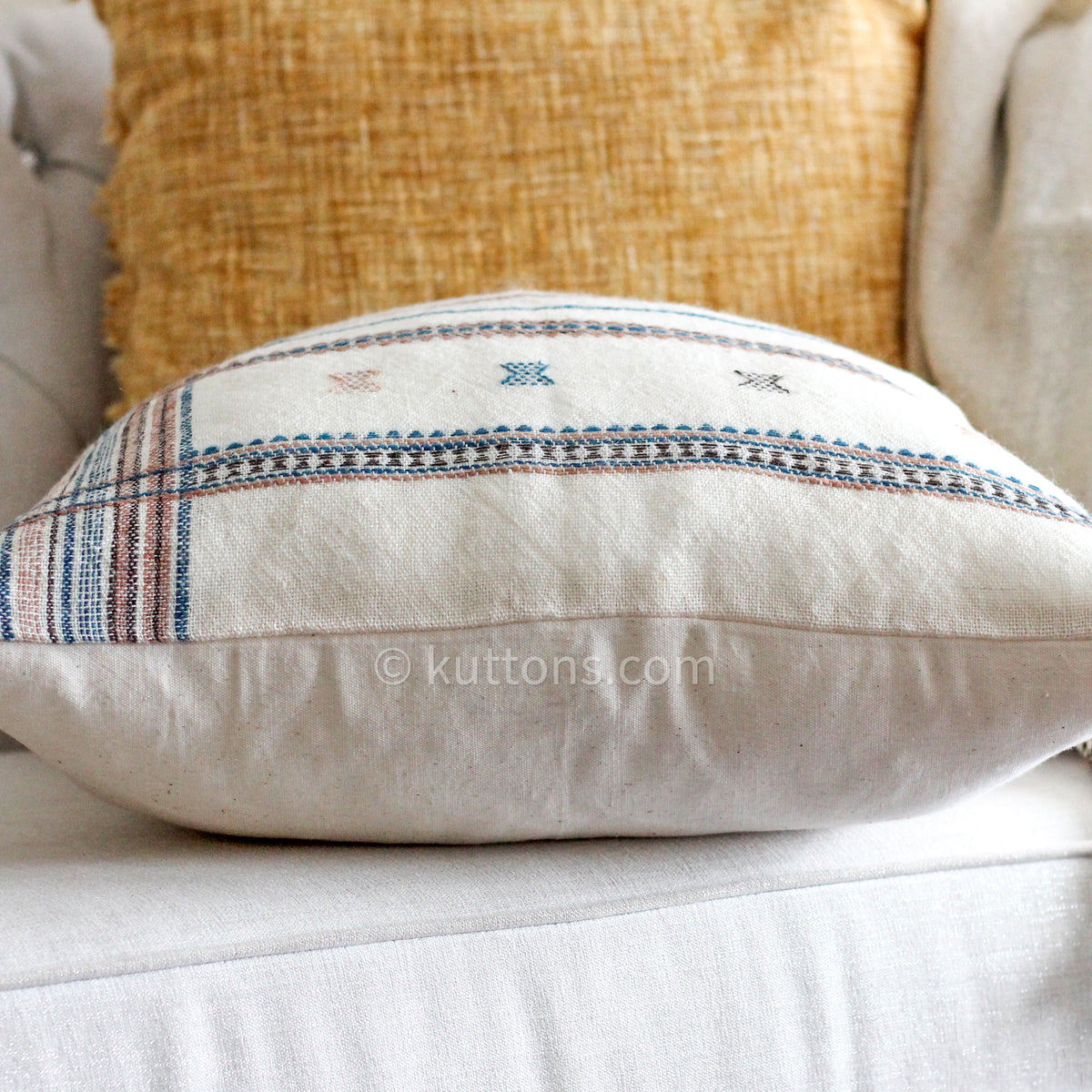
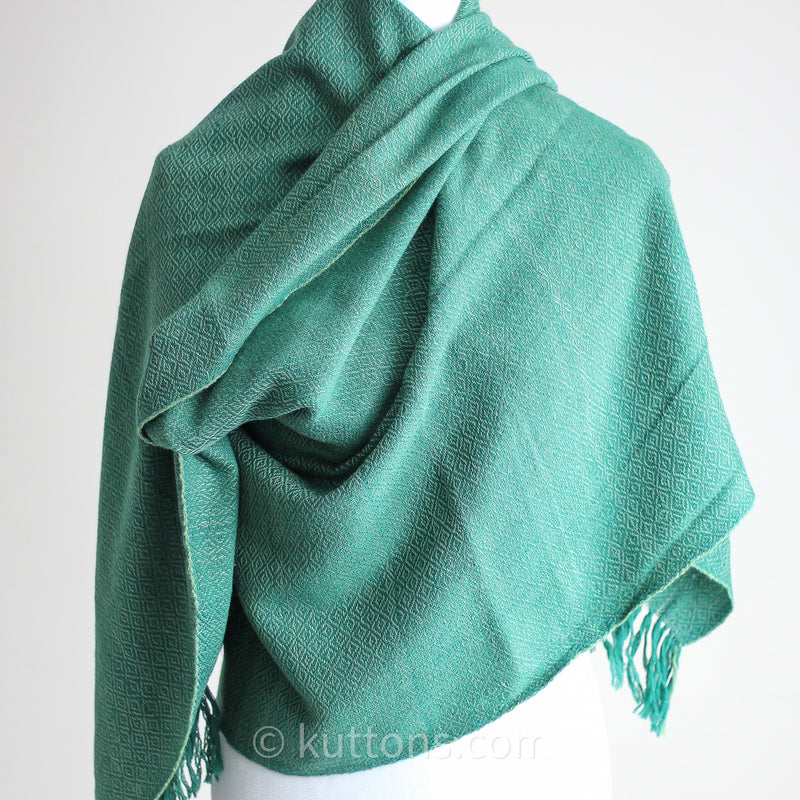
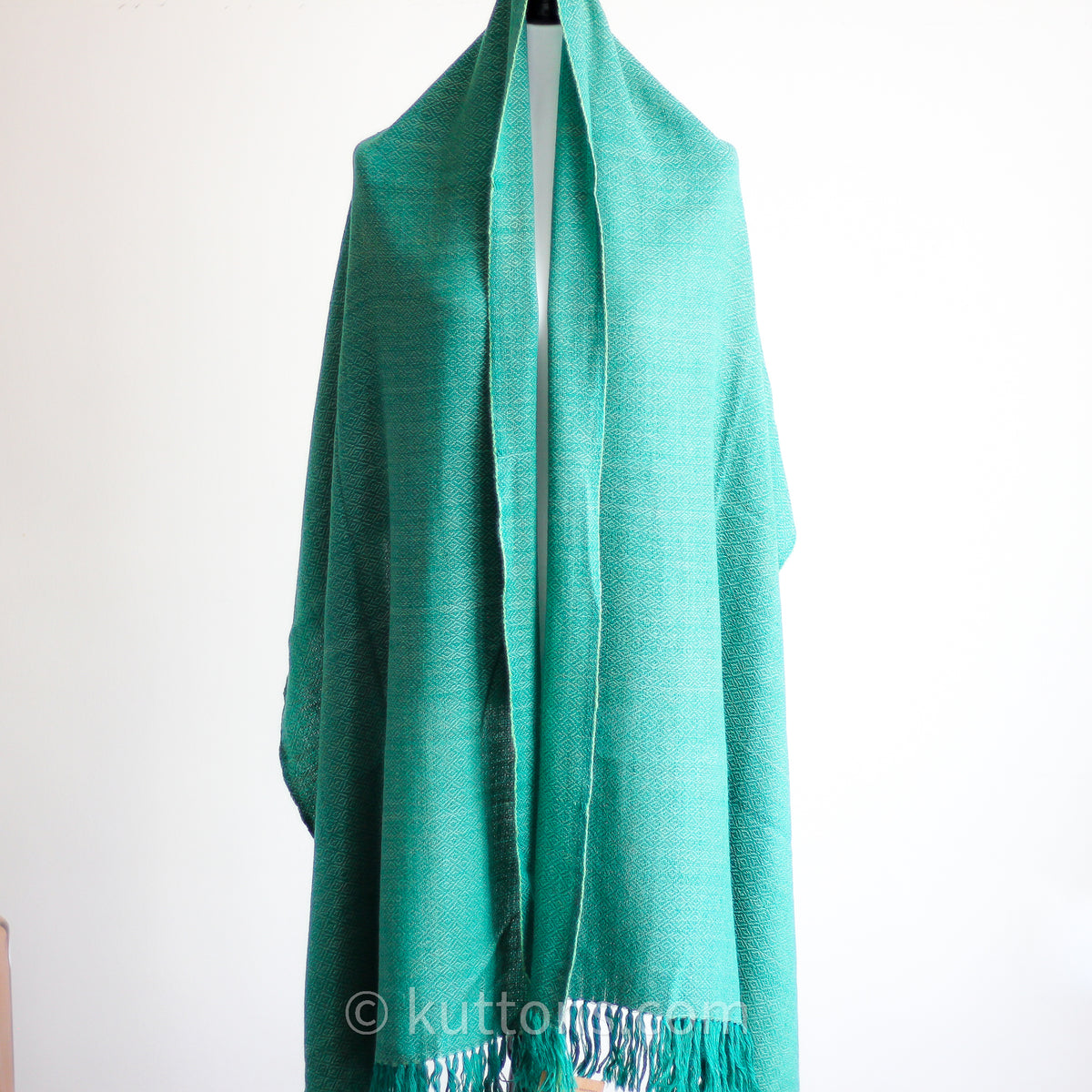
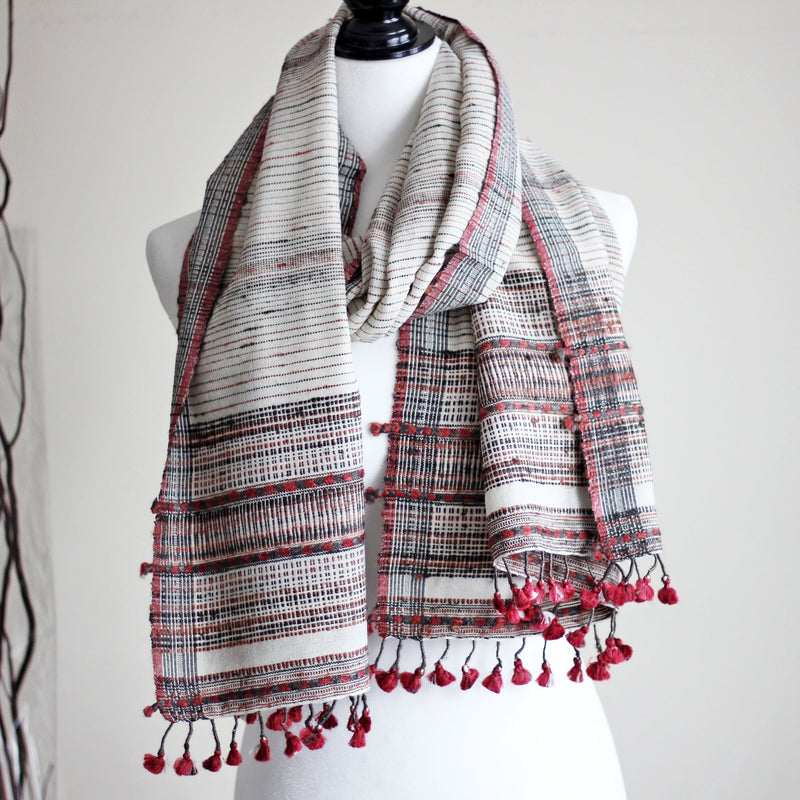
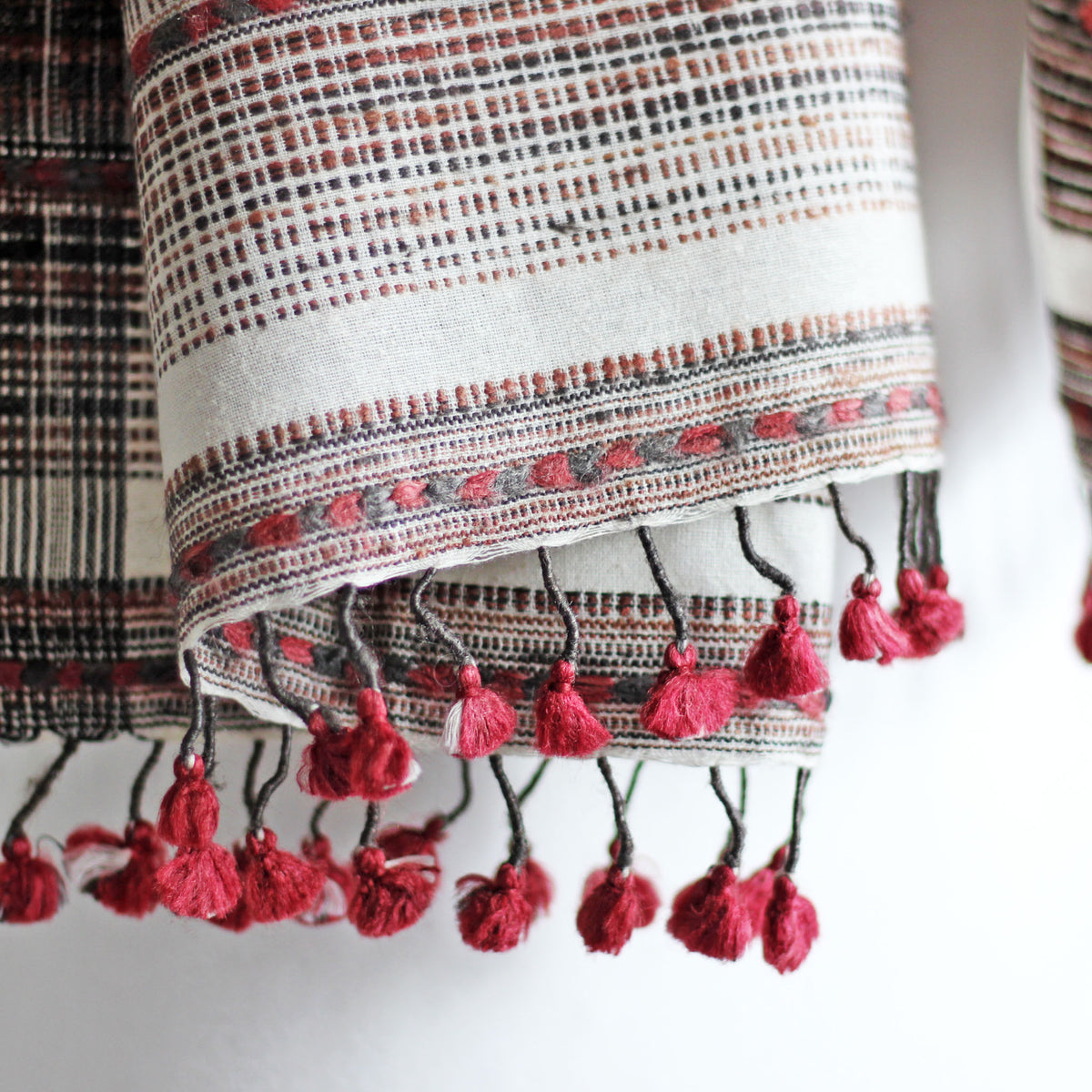
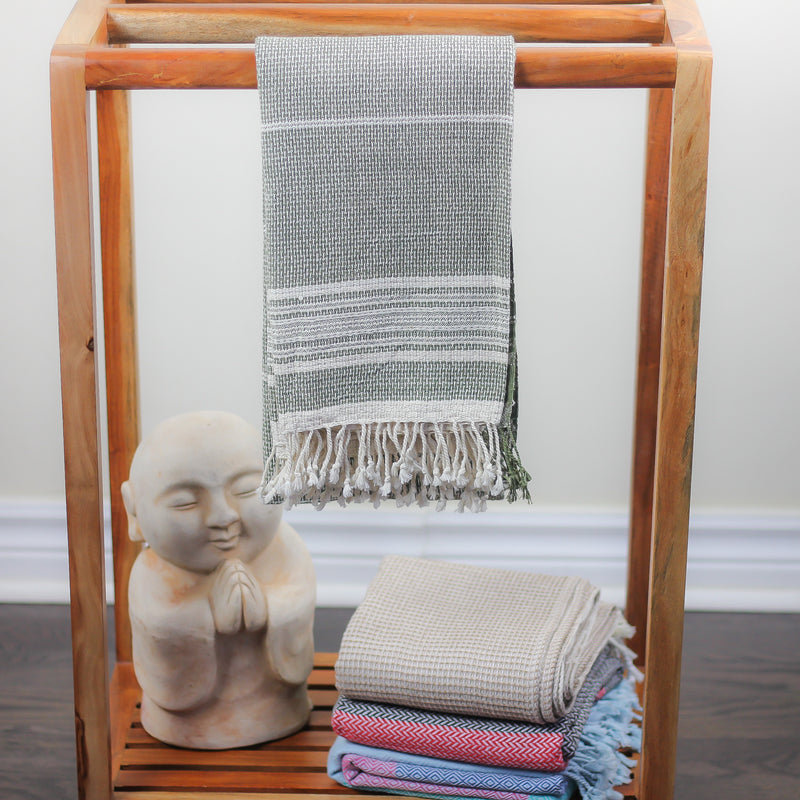
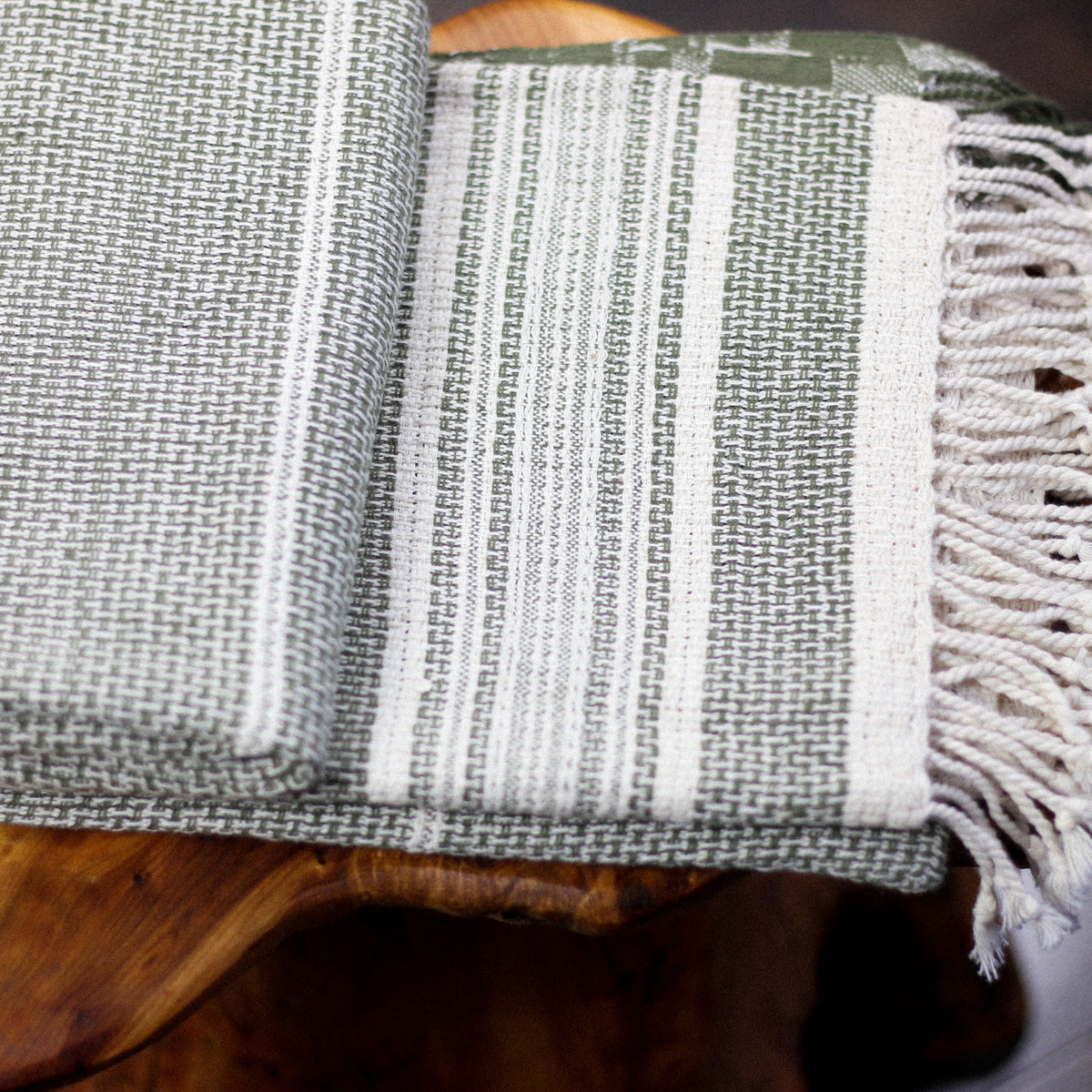
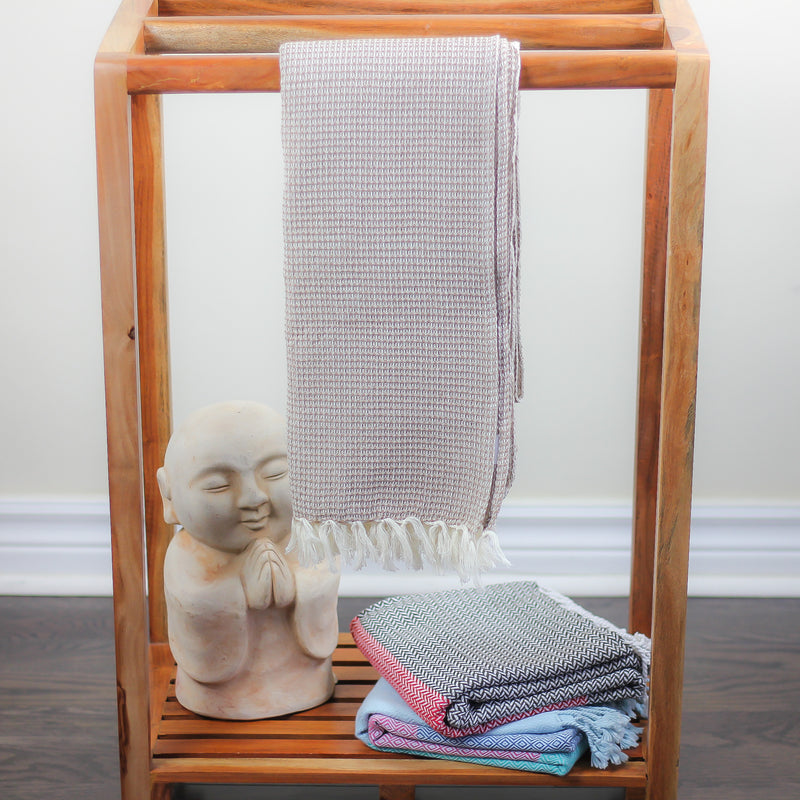

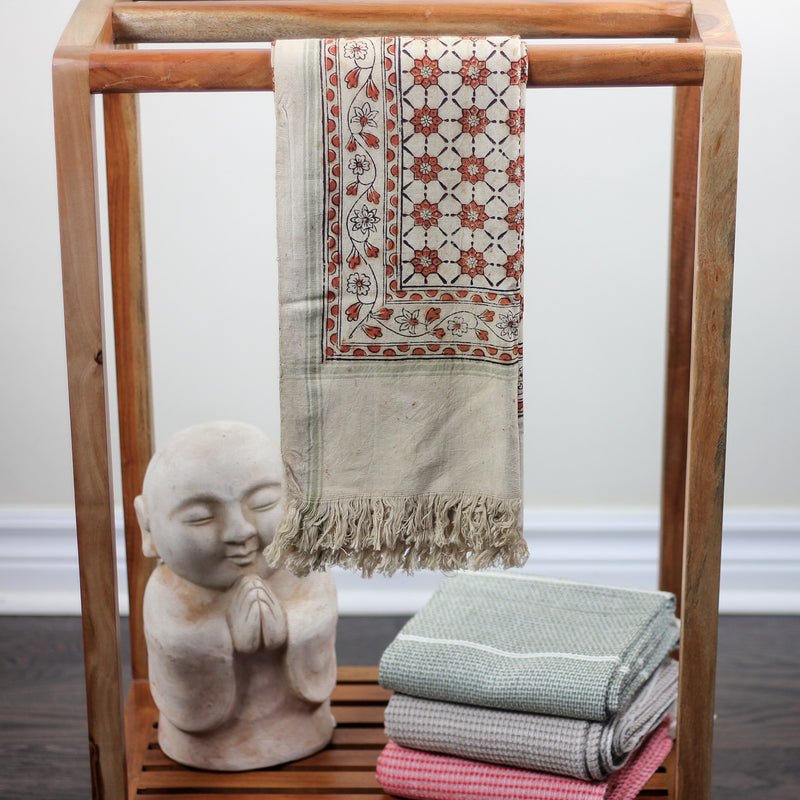
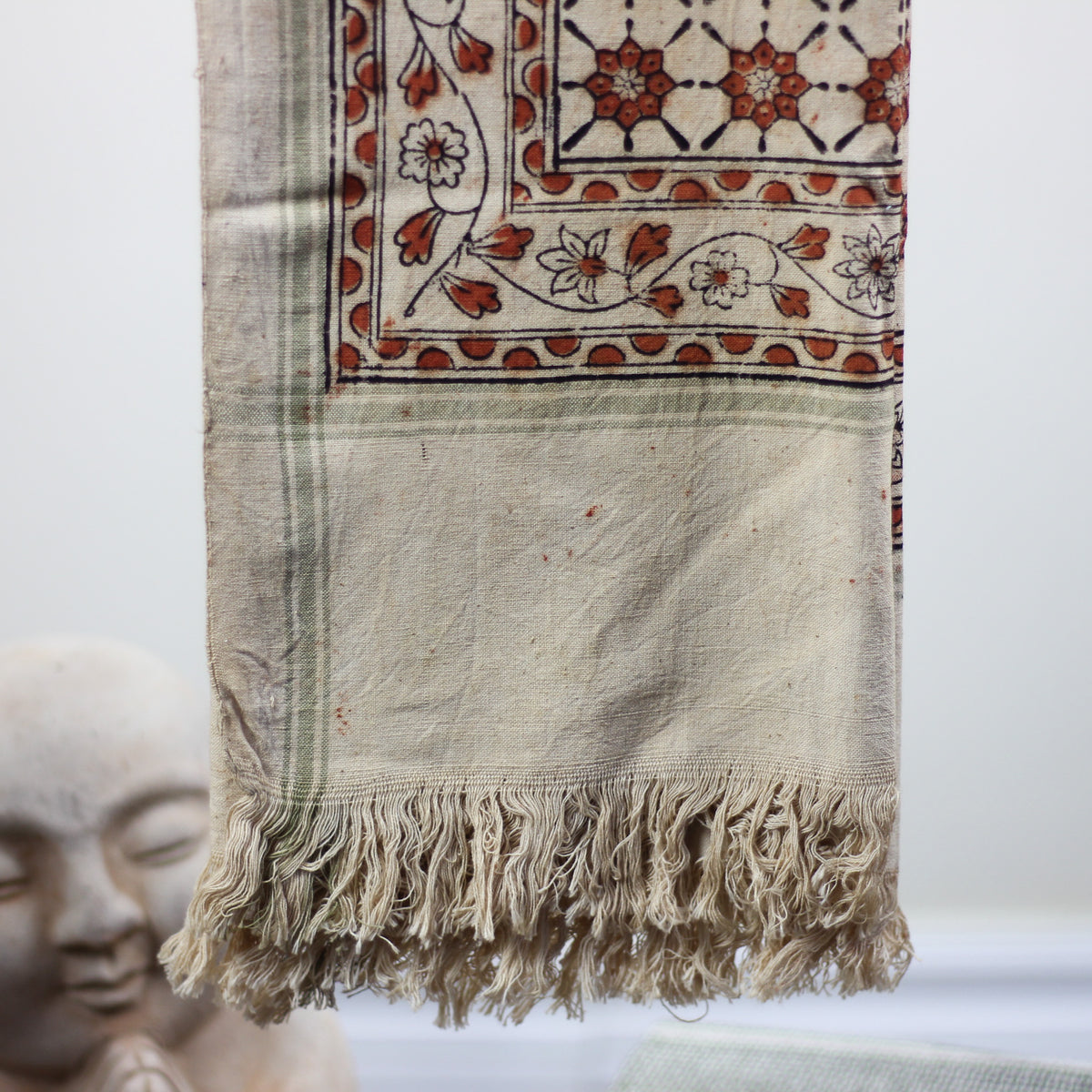
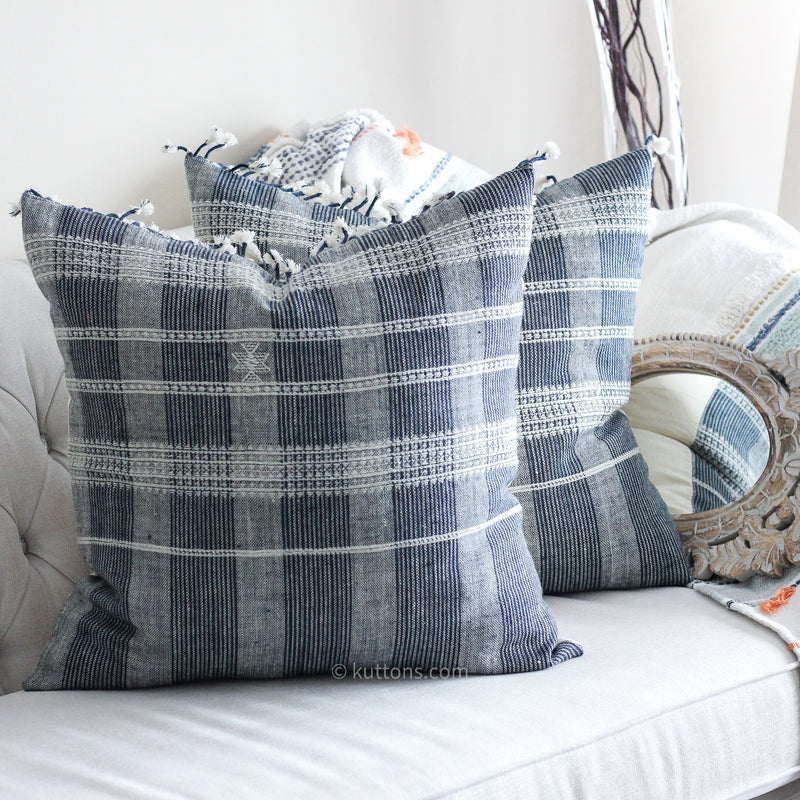
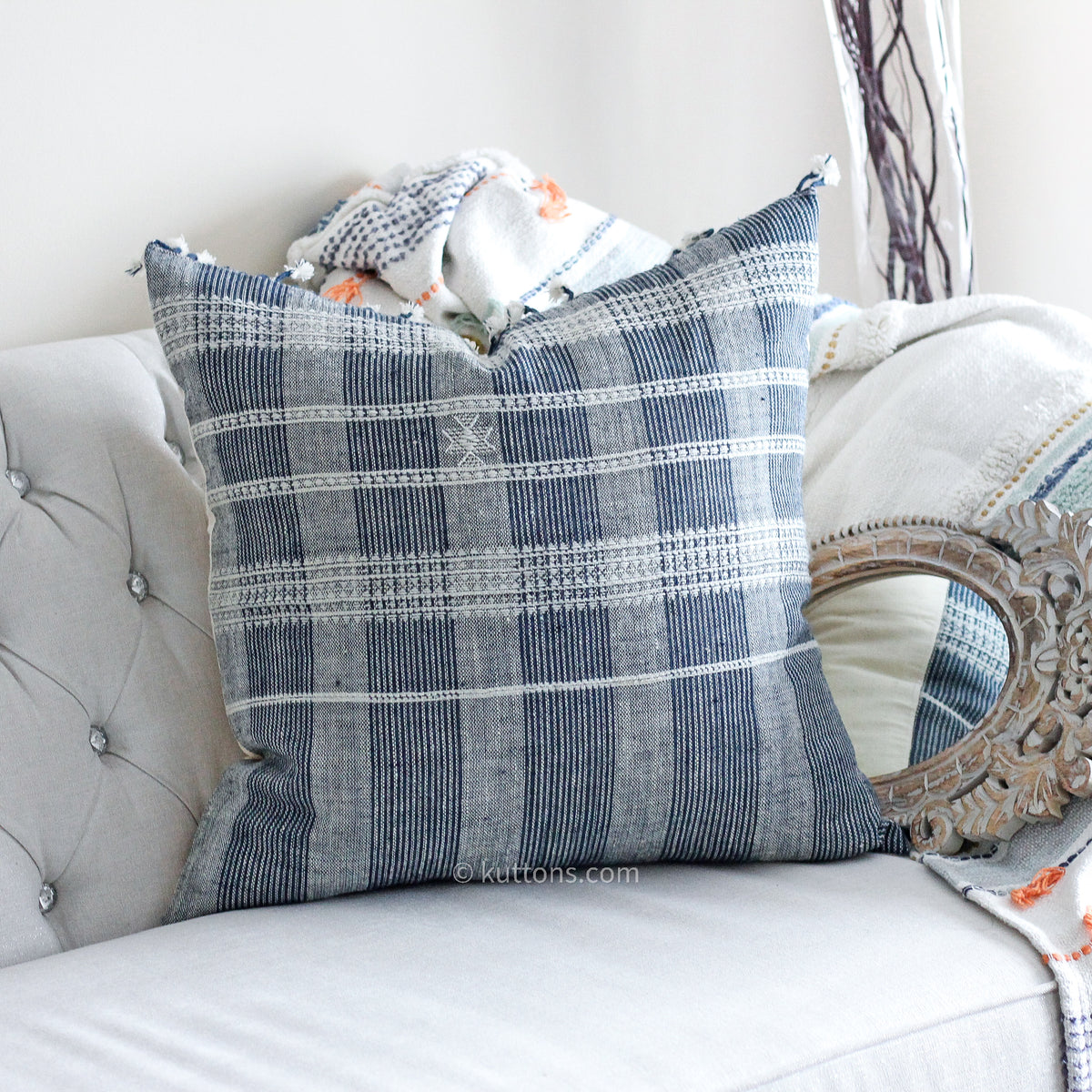
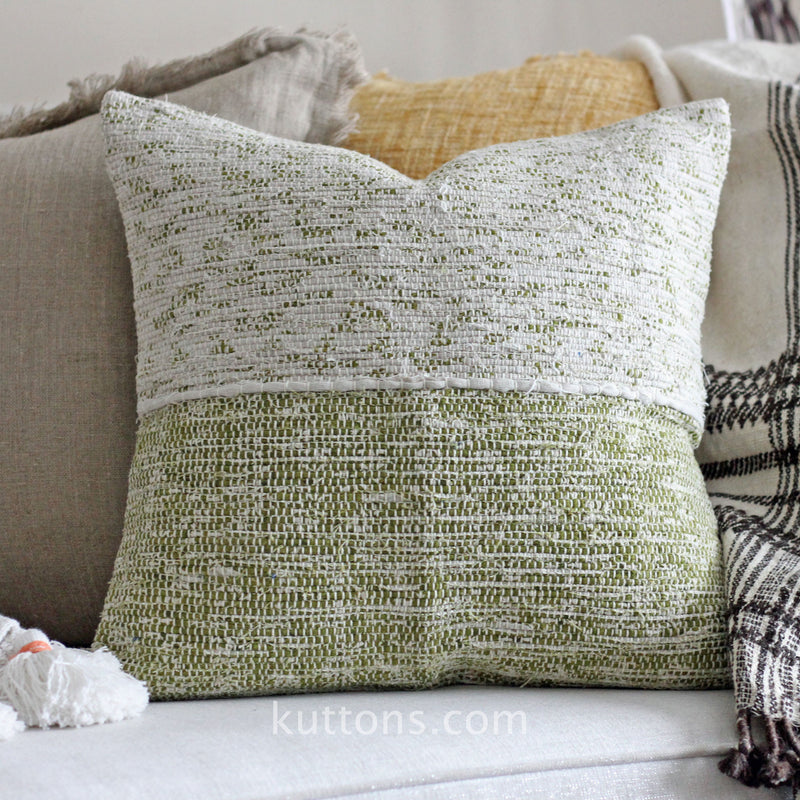
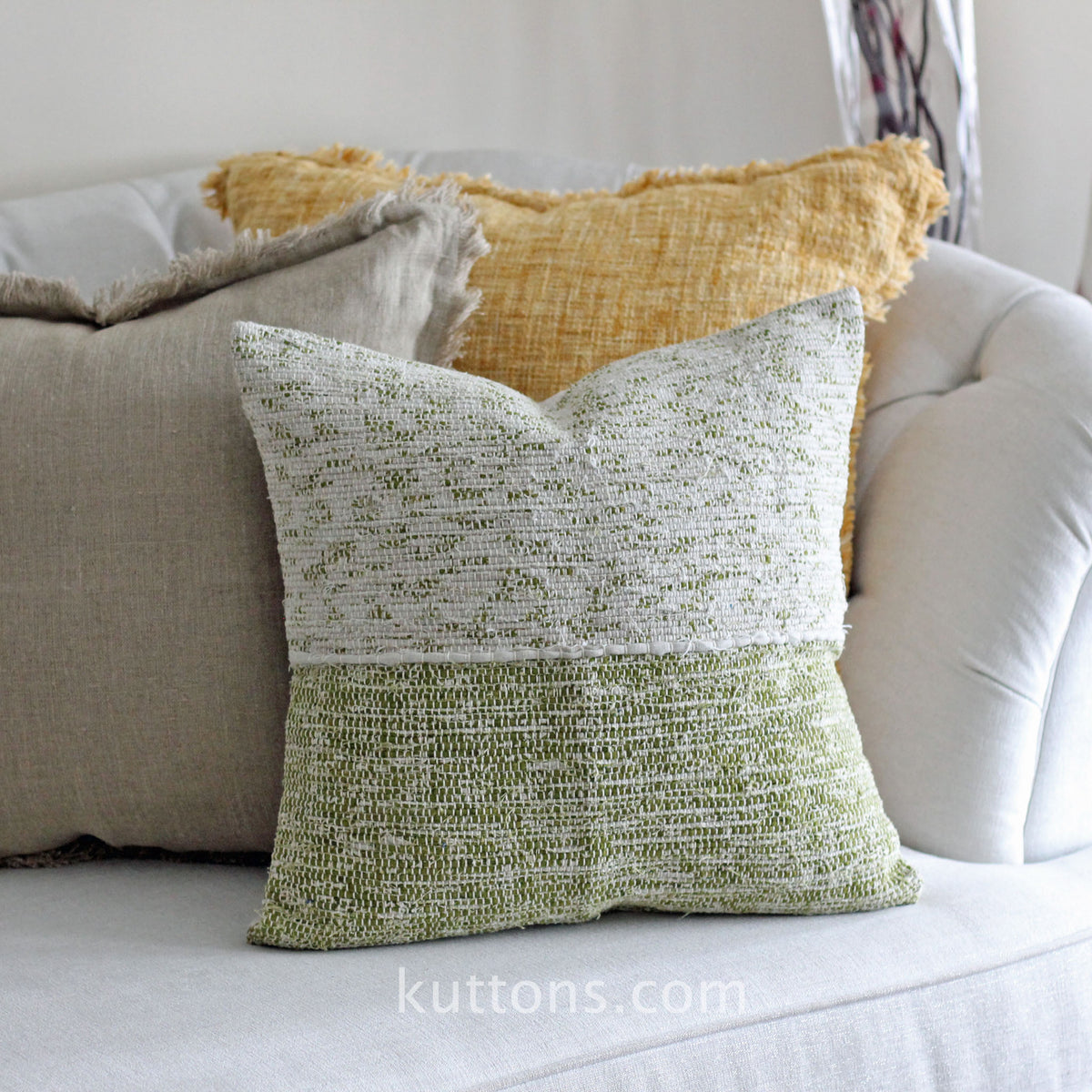
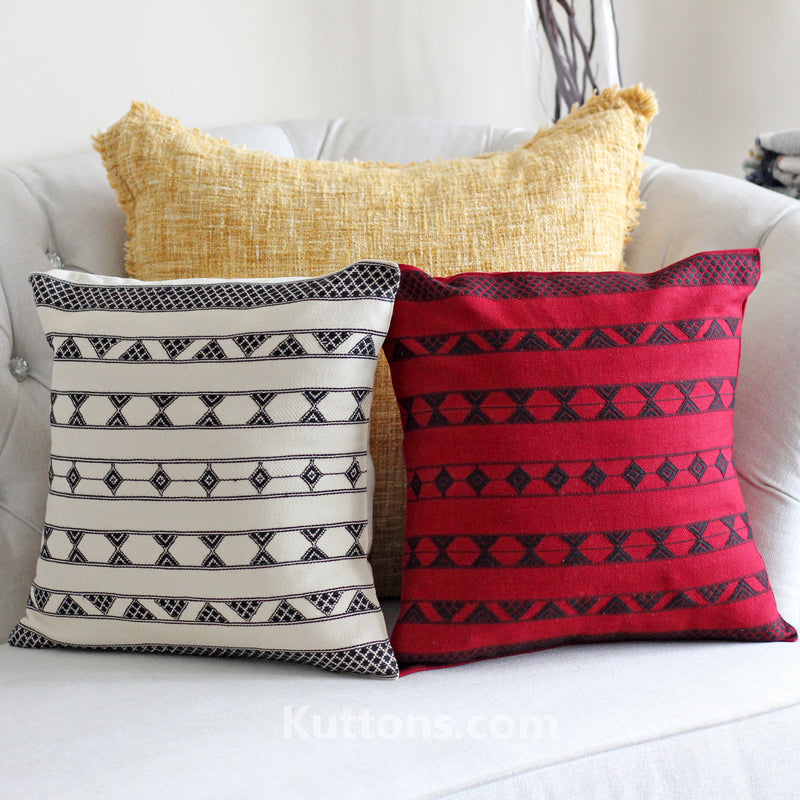
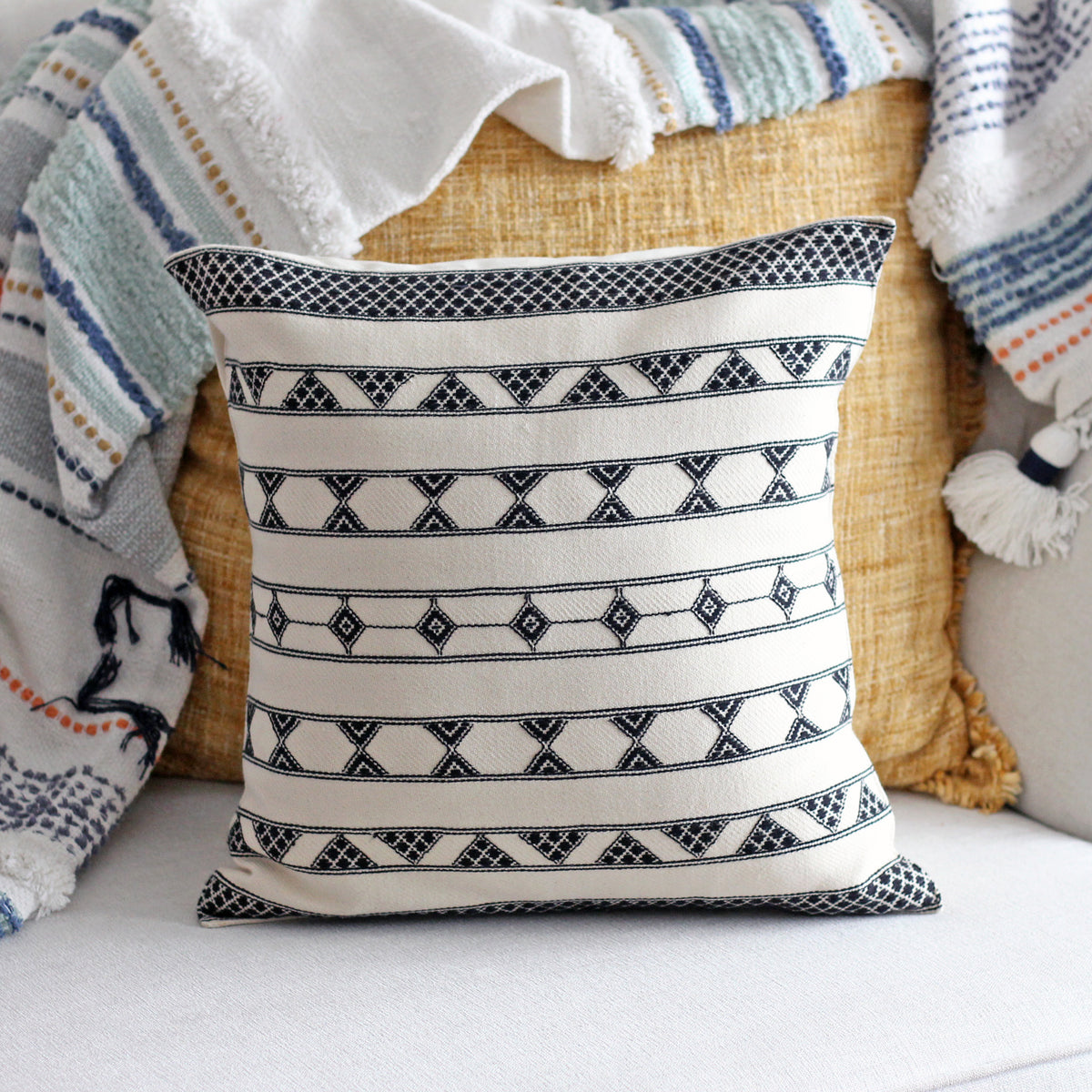
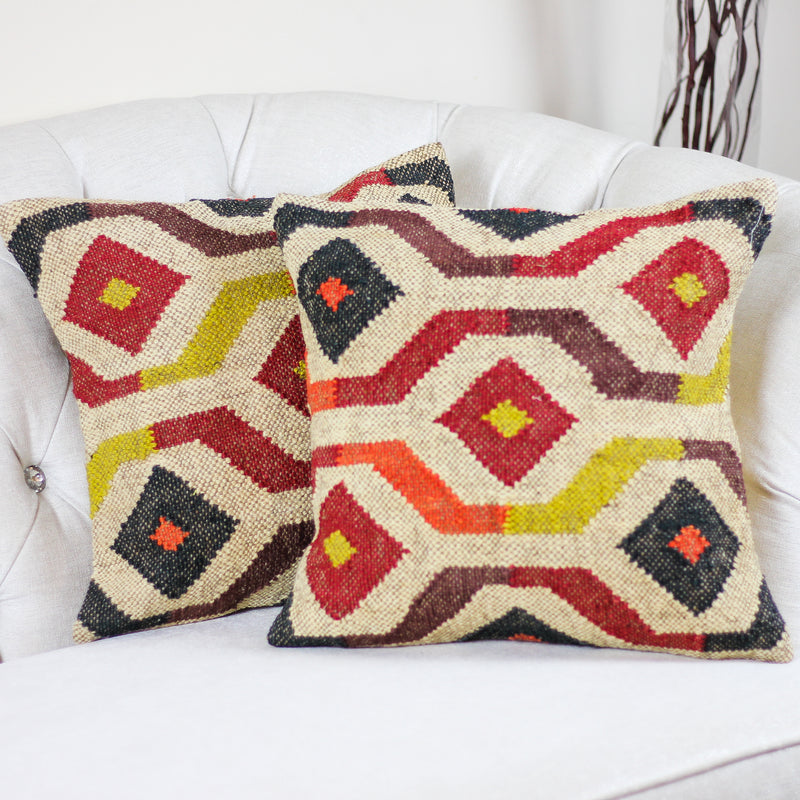
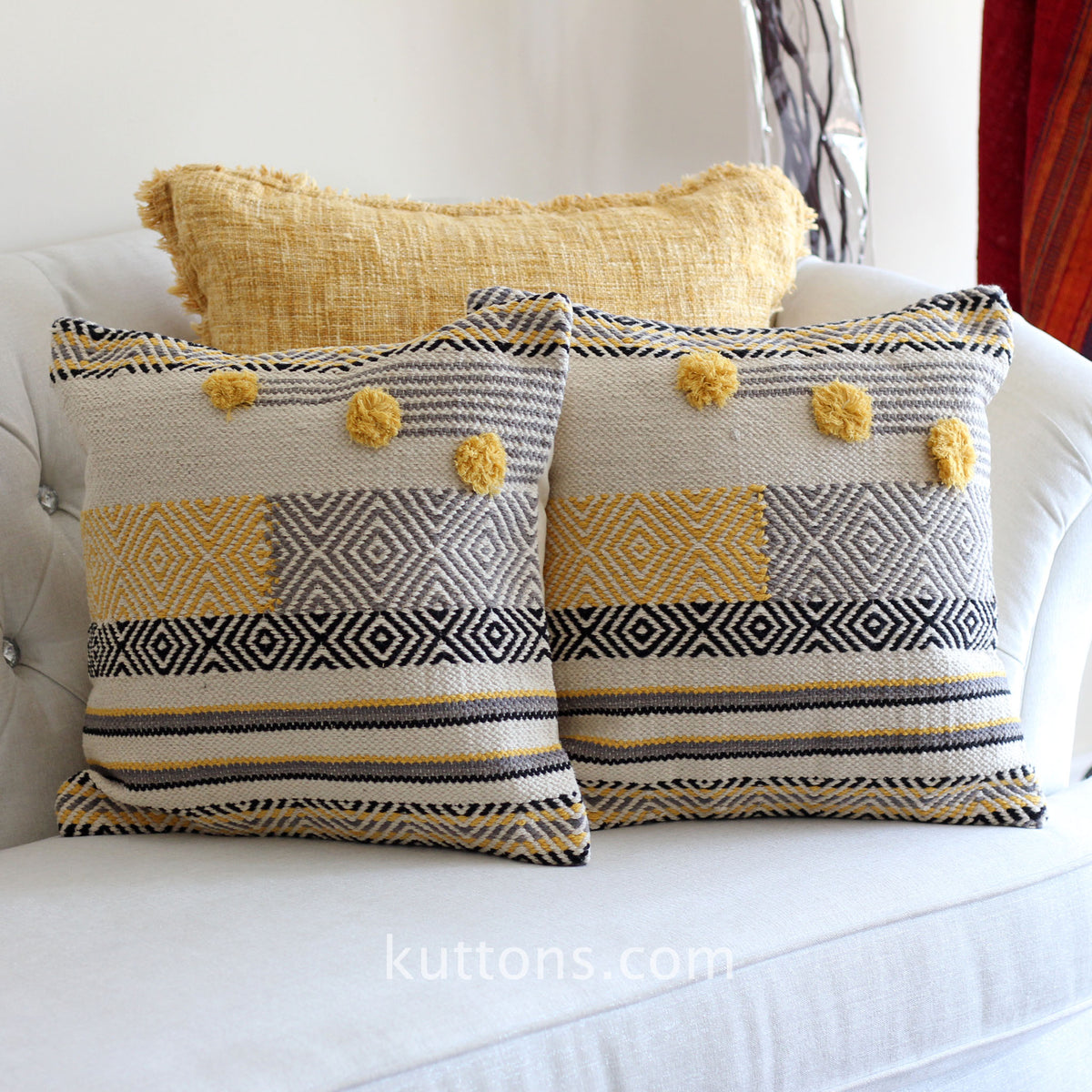
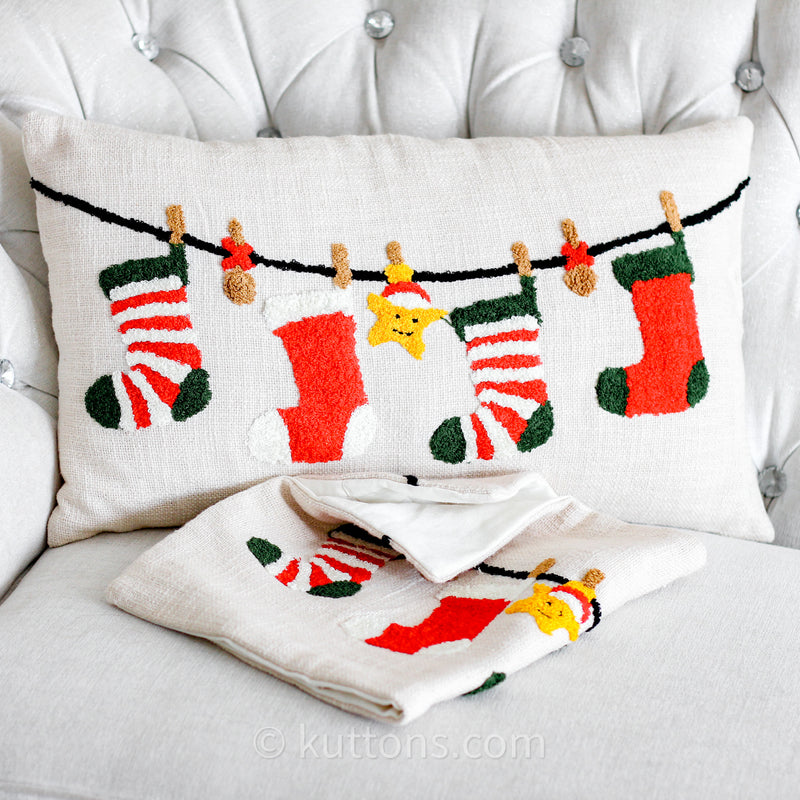

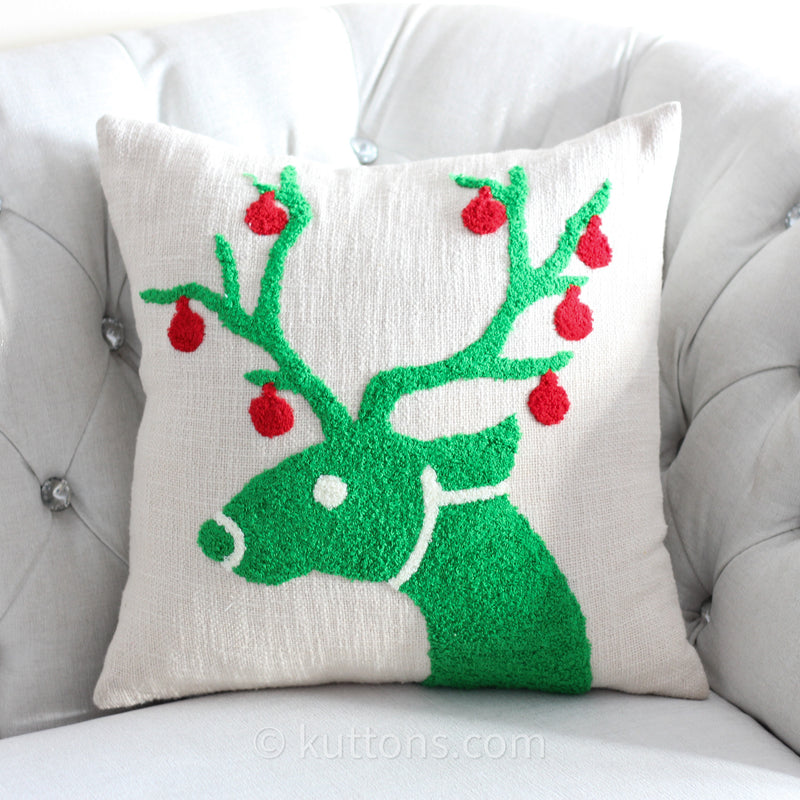
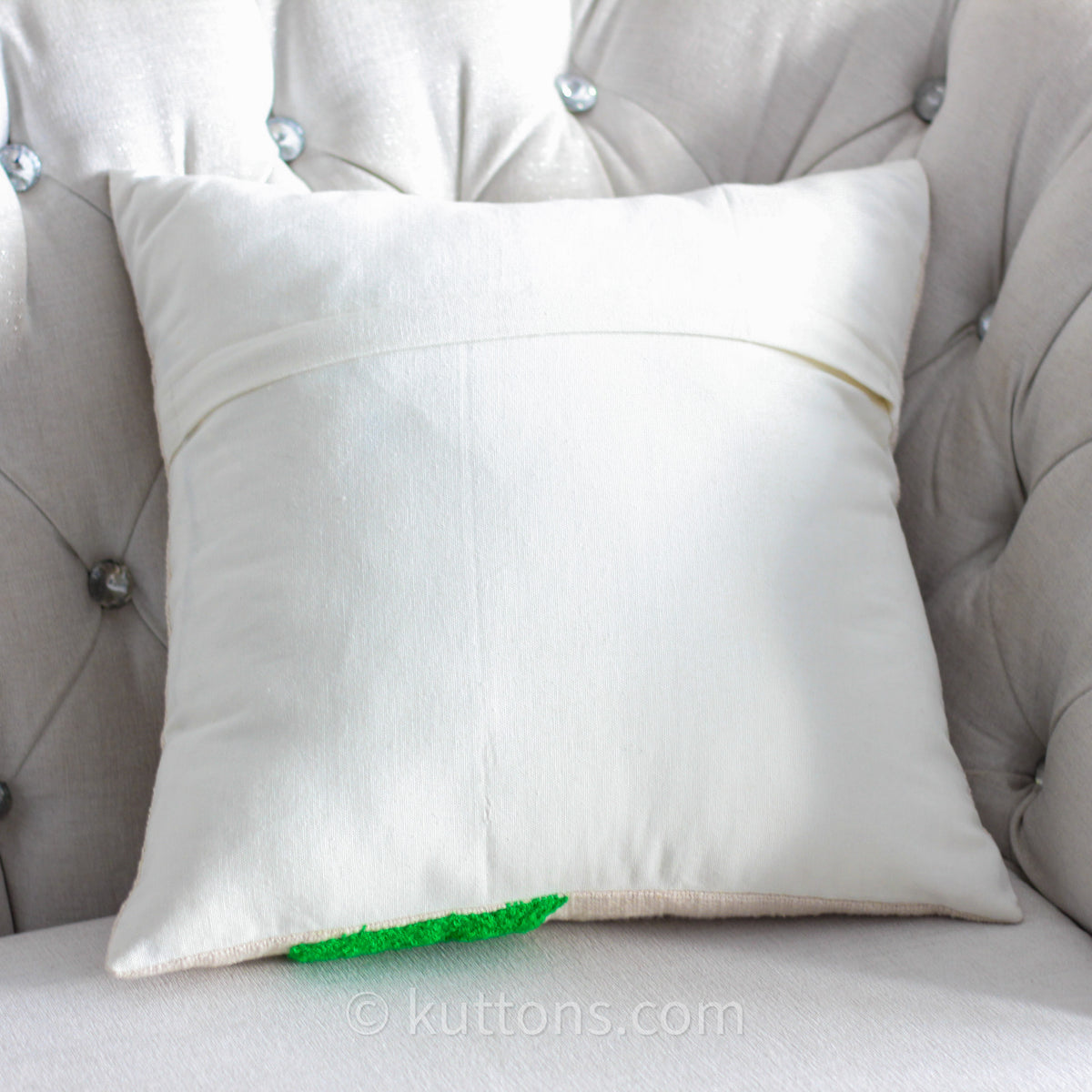
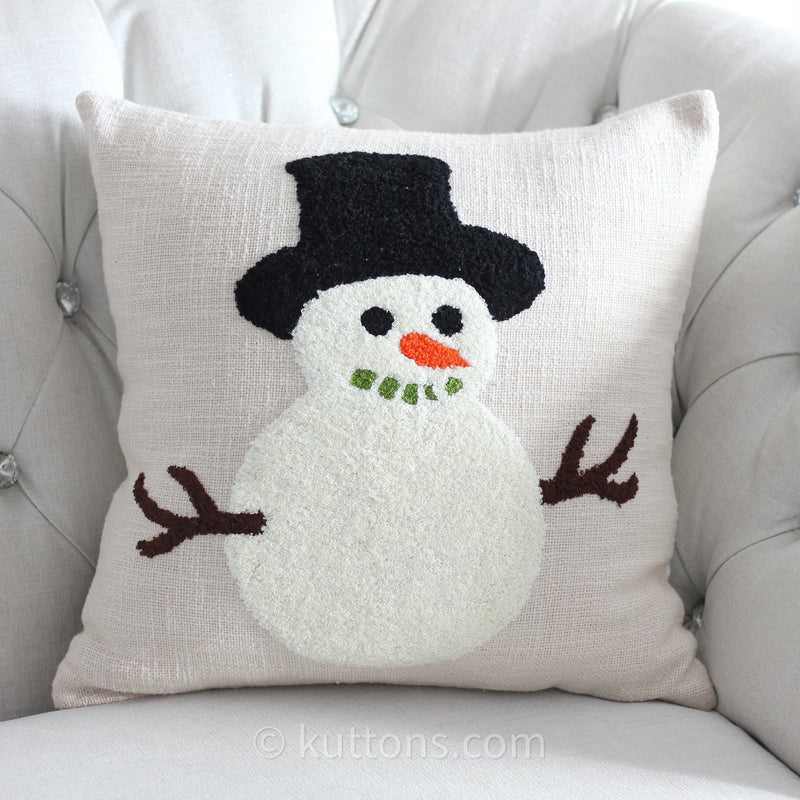
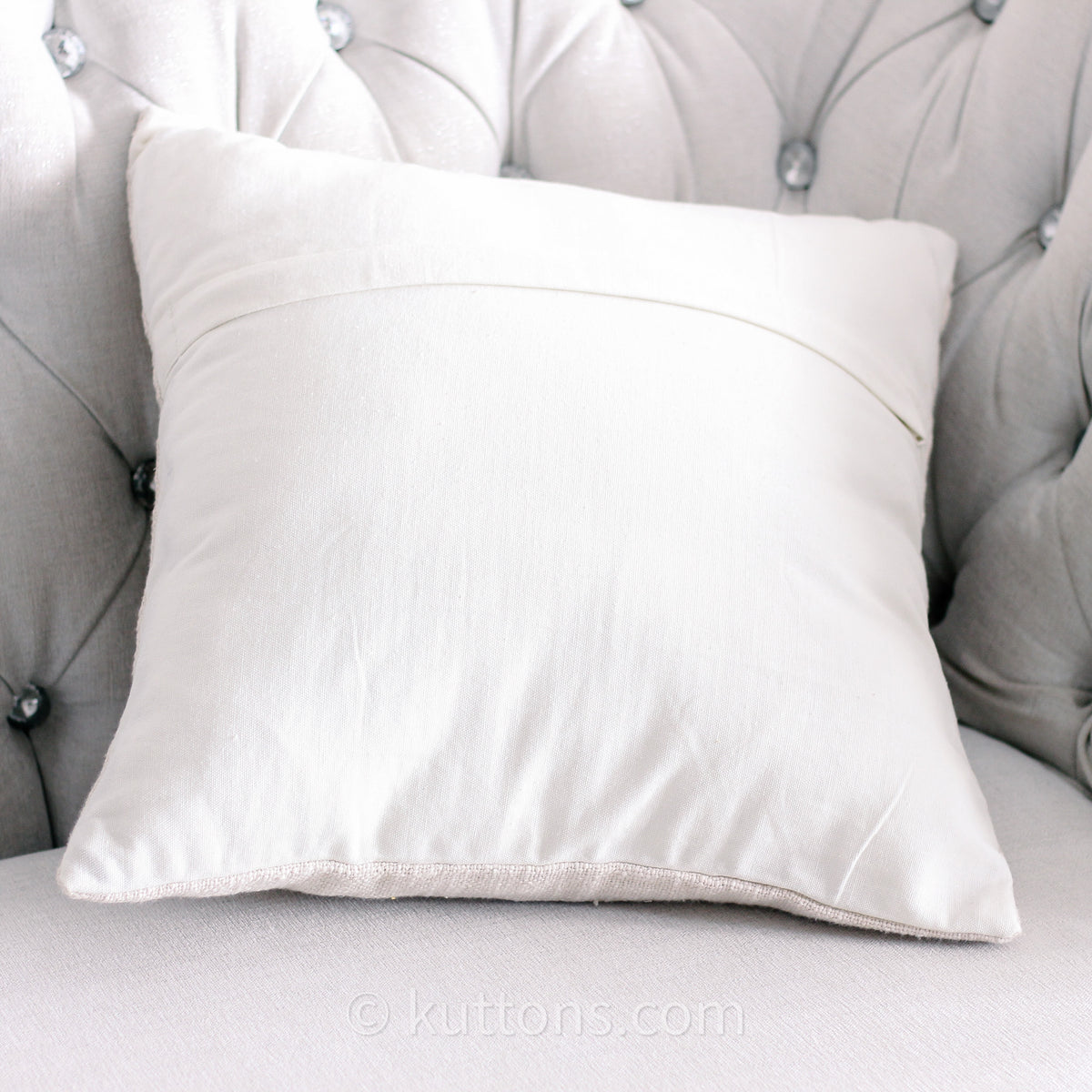
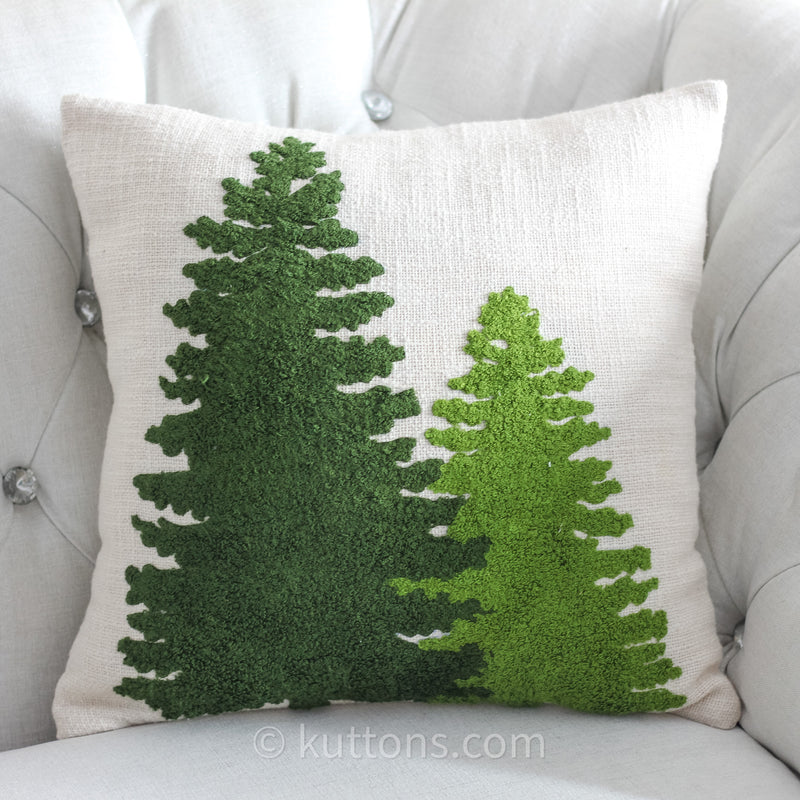
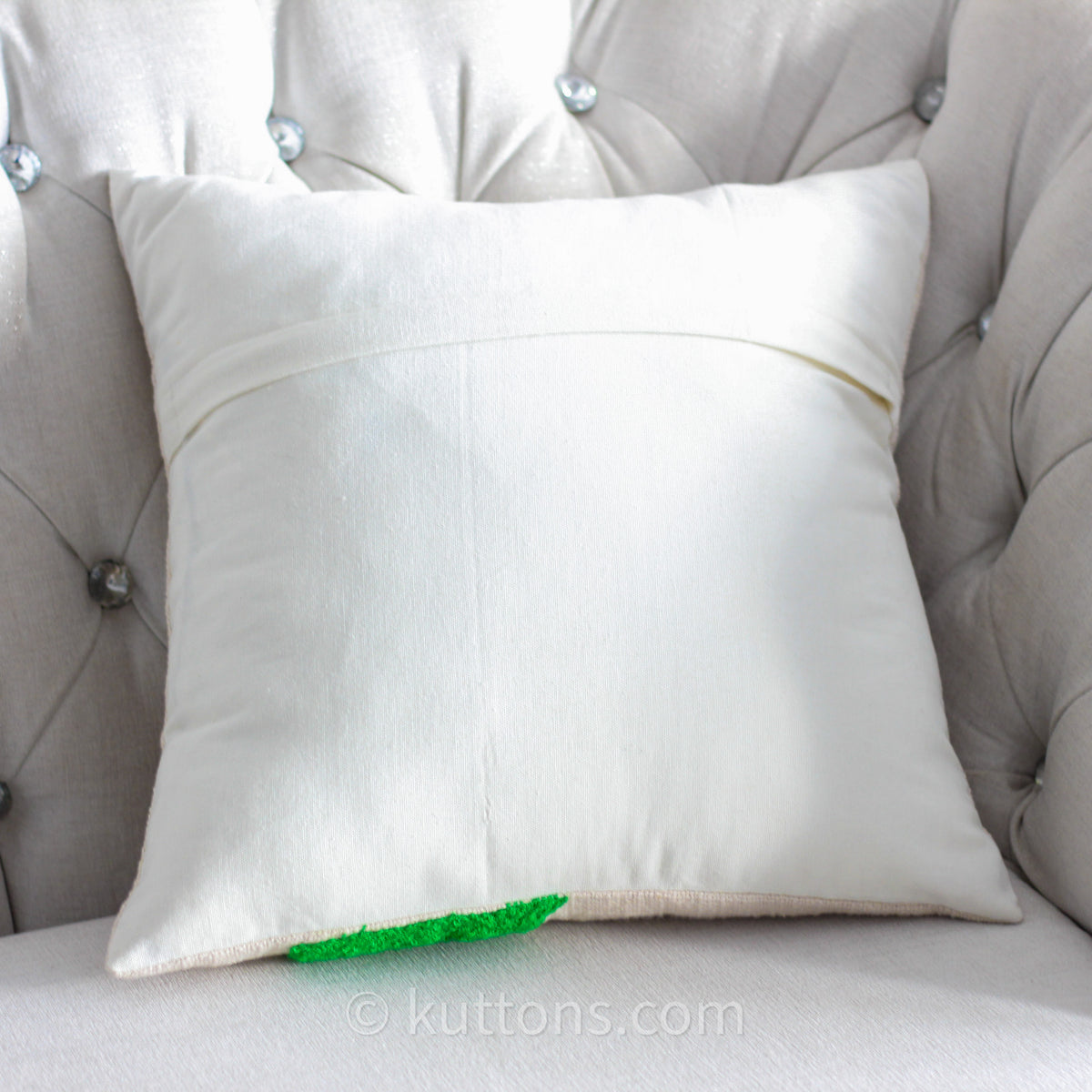
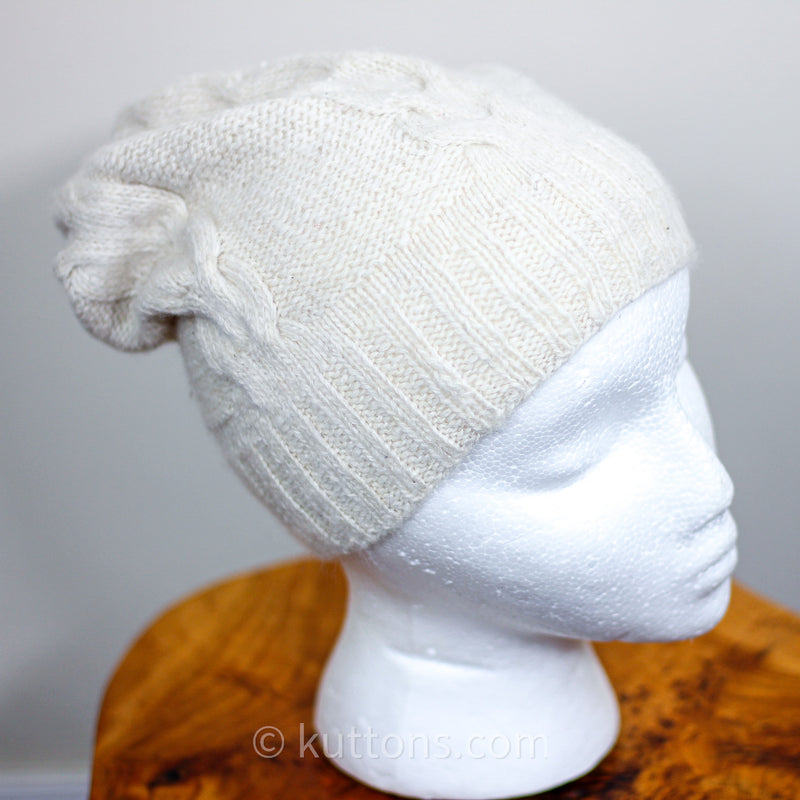
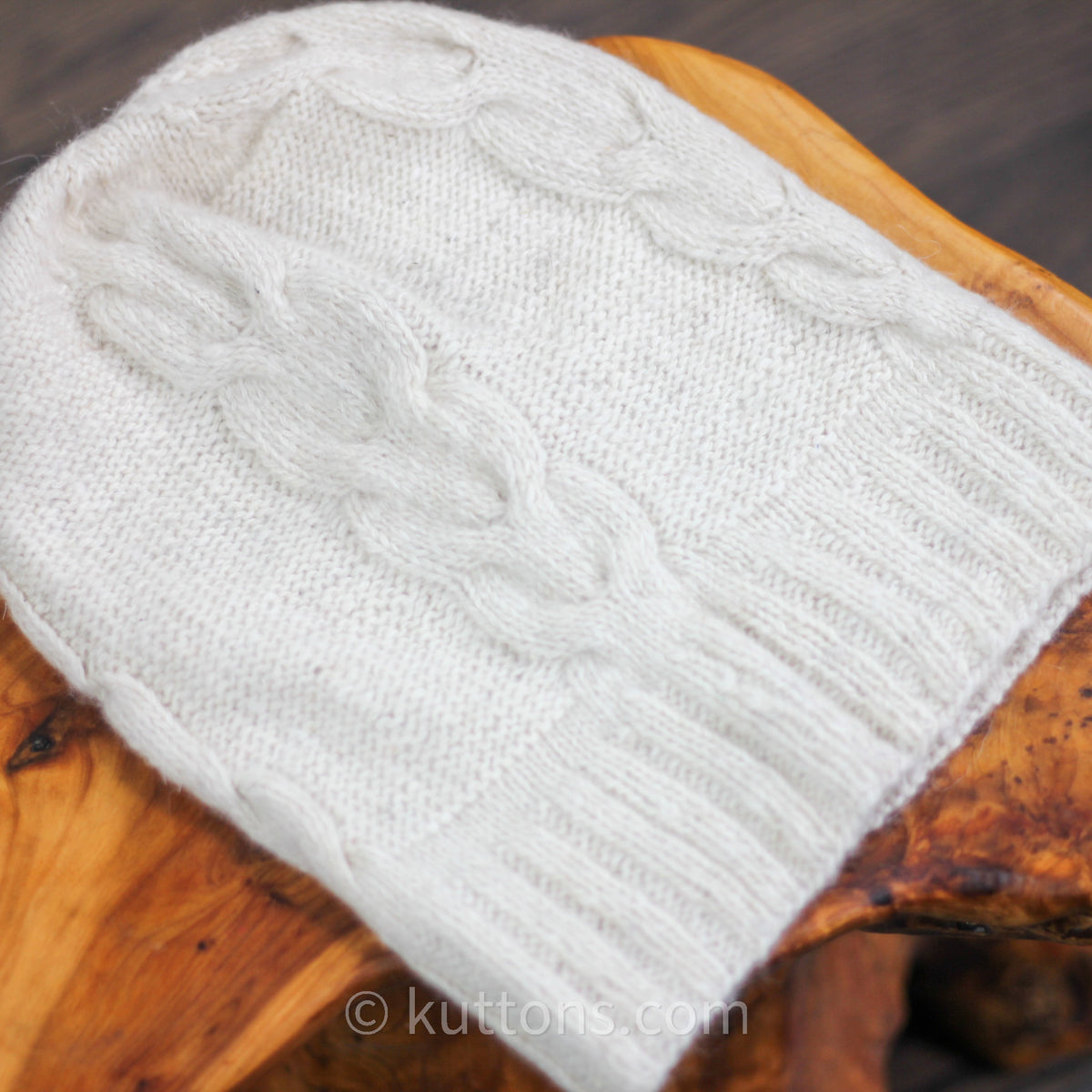
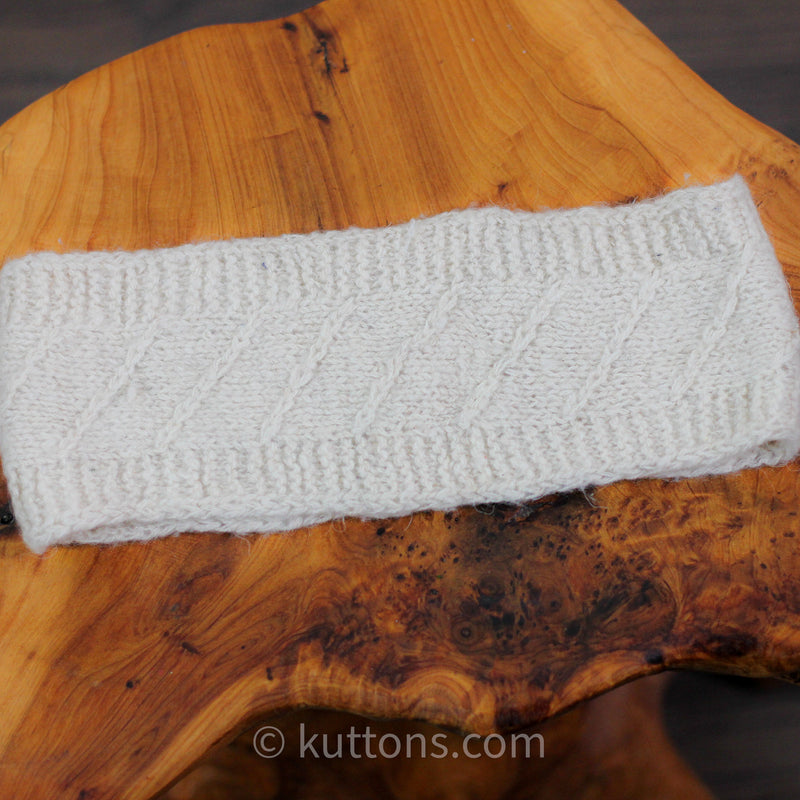
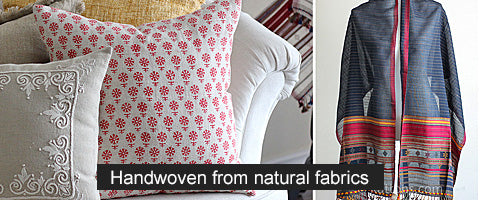
0 comments